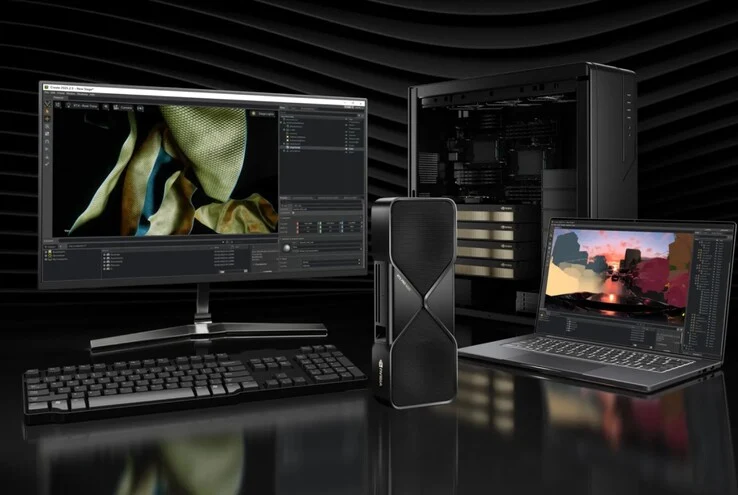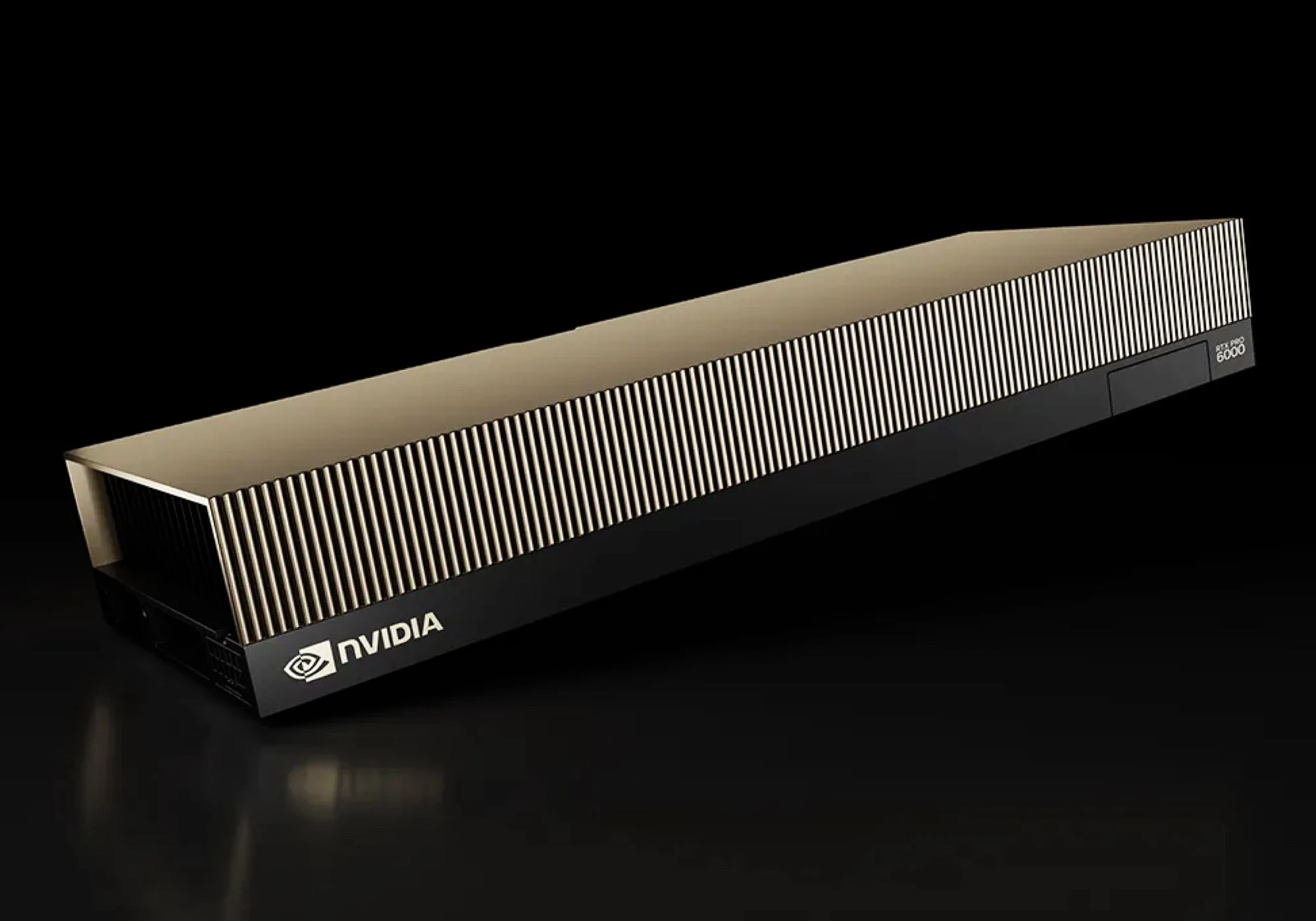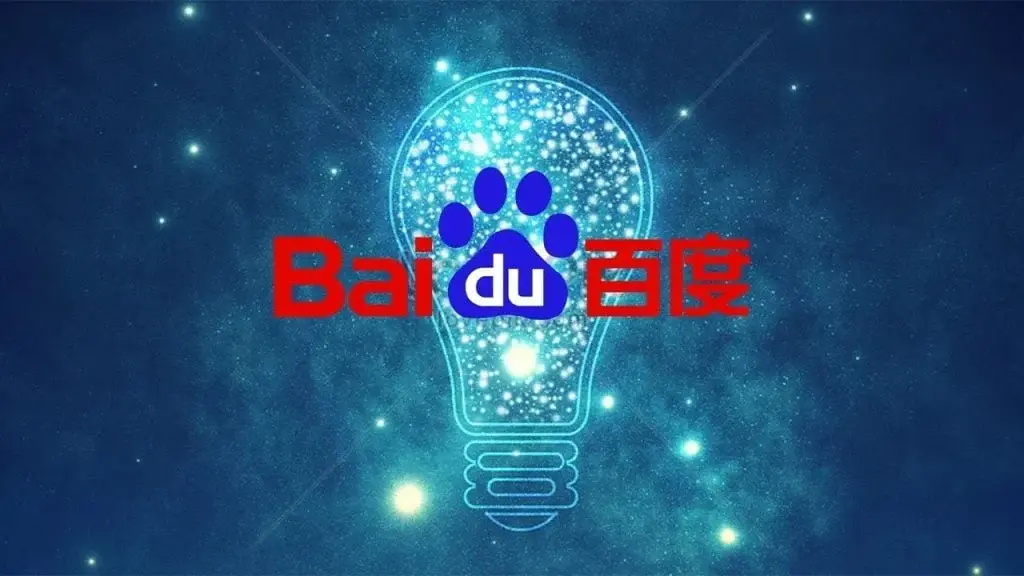Key Takeaways
1. The RTX Pro 6000 is designed for professionals, featuring 96GB of GDDR7 VRAM and a bandwidth of 1.6 TB/s, surpassing the GeForce RTX 5090’s 32GB VRAM.
2. It excels in AI workloads, rivaling AMD’s Ryzen Strix Halo, and is built for managing large AI models efficiently.
3. The GPU has a thermal design power (TDP) of 400 to 600 watts and supports advanced technologies like PCIe 5.0 and DisplayPort 2.1.
4. A laptop version of the RTX Pro 6000 is available with 24GB of VRAM, while Nvidia offers budget-friendly options with the RTX Pro 3000, 2000, 1000, and 500 series.
5. The RTX Pro 6000 is expected to start shipping in April, with pre-built systems available from Dell, HP, and Lenovo in May, but pricing details have not yet been revealed.
The RTX Pro 6000 marks a new high point for Nvidia’s graphics cards aimed at professionals. This GPU is mainly made for AI tasks, game creators, and other expert users who require a substantial amount of video memory. In comparison, the Nvidia GeForce RTX 5090 has “only” 32GB of GDDR7 VRAM, whereas the desktop and server editions of the RTX Pro 6000 boast an impressive 96GB of GDDR7 along with a bandwidth of 1.6 TB/s.
Competing in AI Workloads
With its 96GB of VRAM, the RTX Pro 6000 rivals AMD’s Ryzen Strix Halo when it comes to handling AI jobs, and this graphics card is expected to manage large AI models at a significantly quicker pace. The GPU operates with a thermal design power (TDP) ranging from 400 to 600 watts, and it supports modern technologies like PCIe 5.0 and DisplayPort 2.1. The sleeker Max-Q version may catch the eye of those looking to install multiple graphics cards within the same PC case.
Laptop and Other Options
Nvidia also provides a laptop version of the RTX Pro 6000, although this variant is capped at 24GB of VRAM, similar to the GeForce RTX 5090 for laptops. Additionally, Nvidia offers a range of more budget-friendly professional GPUs, like the RTX Pro 3000, 2000, 1000, and 500, which are built on the Blackwell architecture. However, Nvidia has not yet disclosed specifics about the CUDA core count or clock speeds for these new RTX Pro graphics cards.
Release Timeline
As of now, Nvidia has not announced the official pricing for its latest professional graphics cards. The RTX Pro 6000 is anticipated to begin shipping in April, while pre-built systems from Dell, HP, and Lenovo are expected to be available starting in May.
Source:
Link




